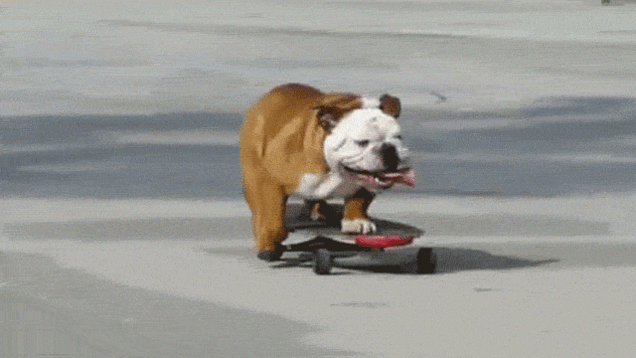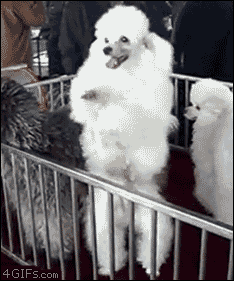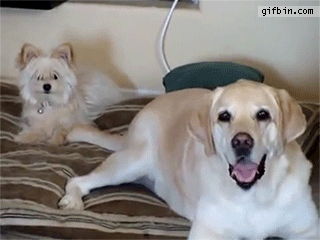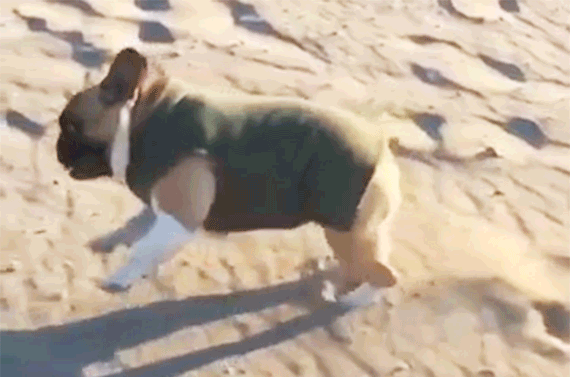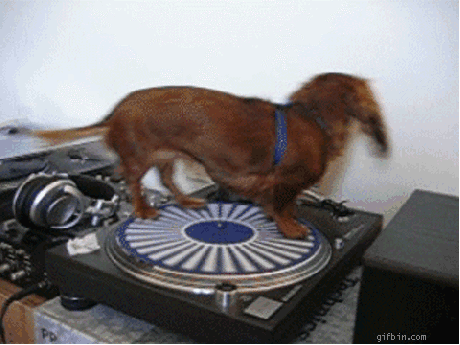‘Where did I come from?”
A common question to come out of a curious 8-year-old’s mouth, but not so common hearing it come from a dog. Although, many of the common dog breeds we know and love today were created with a desired purpose (no, not just for Instagram fame. Weird, right?!). After all, dogs and humans have been living together for at least 15,000 years, and there seems no end to the multitude of breeds across the globe, 400 at last count. Though varying in size, shape, colour, and coat dramatically, all breeds of dogs originate from one common ancestor, considered the gray wolf.
Over time, people domesticated then bred this gray wolf for different traits which changed over time, resulting in an array of different breeds. By selecting traits that make dogs better at hunting, guarding, herding, or fitting inside purses, we’ve successfully turned one species into a group that includes 243-pound Great Danes and Chihuahuas smaller than a shoe (imagine that cross-breed!).
So have you ever wondered what really differentiated a Staffy from being ‘American’ or ‘English’, why we ever needed needed a miniature version of a dog that already stands at less than 1ft fully grown (looking at you, Dachshund), or whether your bat-eared French Bulldog really did make his debut in Paris (I mean, he doesn’t know a word of French, but he does love eating the backyard snails 🤔).

Bulldog
This lovable, rolly-faced breed got the name “bull” because of it’s use in the sport of bull baiting. This entailed the setting of dogs (after placing wagers on each dog) onto a tethered bull. The dog that grabbed the bull by the nose and pinned it to the ground would be the victor. Pretty awful treatment compared to the way we spoil our dogs these days, hey?

Poodle
Contrary to popular belief that the Poodle is strictly a French breed, it turns out it is believed to have originated in Germany where it was referred to as the Pudelhund. It was only then standardized as a breed in France where it was most commonly used as a water retriever.
These days, particularly within Australia, there are so many variations of the ‘-Oodle’ species now bred as a common family pet. The Cavoodle (Cavalier X Poodle), Labradoodle (Labrador X Poodle), and Groodle (Golden Retriever X Poodle) are some of the popular ones we work with frequently with our own clients. The ‘-Oodle’ breeds make for great family dogs as they have a caring, loyal nature, and their luscious curls are shed-free. Yep, that’s right, no need to vacuum twenty-six times a day! Cheerin’.

Pug
Pugs are believed to have originated in the Orient, namely China, where they were documented by Confucius as early as 551 BC. Pugs (or Lo-Sze which is an early name for pug) were considered prized possessions by Chinese emperors.
These days, most families can never just have the one Pug, and you’ll generally find them running around like little Pug maniacs causing all sorts of Pug mischief until they’re exhausted (which is usually within 5 minutes or so).

Labrador
Possibly the most adored family dog of all, Labradors originated in Newfoundland in the 1500s where at the time, small water dogs were bred with Newfoundlands to create a breed which we know today as the Labrador. These dogs were owned by fishermen and jumped into icy water to bring back fish that had fallen off the fishing hooks. The breed was perfect for these jobs because their coat repelled water and their webbed paws made them excellent swimmers. At this time, the Labrador was described as “the best for any kind of shooting… generally black and no bigger than a Pointer, very fine in legs, with short smooth hair… is extremely quick running, swimming and fighting.”
Today, Labradors are known for their affectionate and outgoing natures, and their love of people.

French Bulldog
Today’s popular French Bulldog has England to thank for its rich history, with the quirky breed’s origins stemming from the good old-fashioned English Bulldog. Breeders in France developed the smaller bulldogs into a distinctly “French” type of smaller, lighter toy build, around 12-25 lbs in weight, having either upright or rose ears, round foreheads and short underjaws—and perhaps a touch of terrier liveliness.
From there, the Frenchie’s popularity grew. They were a favourite of ordinary Parisians such as butchers, cafe owners and dealers in the rag trade and became notorious as the favourites of the Parisian streetwalkers. Wealthy Americans travelling in France fell in love with the endearing little dogs and began bringing them back to the USA.
Since then, the popularity of these little dogs has soared, and nowadays it’s not that uncommon to see Frenchies featured in ads, movies or in stories about celebrities.

Dachshund
Known affectionately as the doxie, wiener dog, hot dog, or sausage dog, this breed of short stature leaves a lasting impression. The dachshund originated in Germany as a hunting dog. Though its origins can be traced as far back as the 15th century, the breed’s development really began in 17th century Germany. Called dachshunds, which translates as “badger dogs,” these short hounds did just that—they hunted badgers. Their short legs, loose skin, big chests, determination, and independence were ideal for digging, entering tunnels, and of course, fighting badgers. Their flap-down ears help keep dirt and debris out when burrowing.
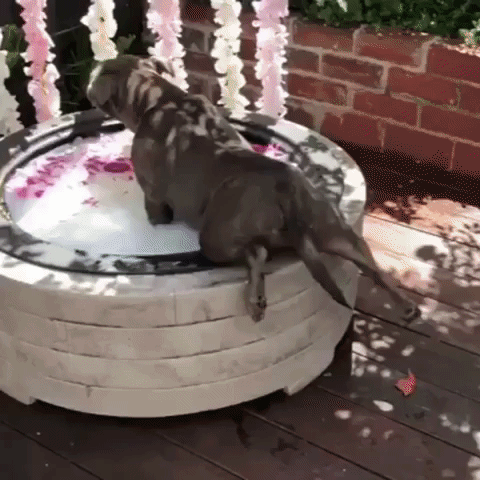
Staffy (Staffordshire Terrier)
Early Bull and Terriers were not bred for the handsome visual specimen of today, rather they were bred for the characteristic known as gameness. The pitting of dogs against bear or bull tested the gameness, strength and skill of the dog. These early “proto-staffords” provided the ancestral foundation stock for the Staffordshire Bull Terrier, the Bull Terrier, the American Pit Bull Terrier and American Staffordshire Terrier. This common ancestor was known as the “Bull and Terrier”.
Due to its breeding, the modern dog is known for its character of indomitable courage, high intelligence, and tenacity. This, coupled with its affection for its friends, and children in particular, its off-duty quietness and trustworthy stability, makes it a foremost all-purpose dog. It has been said that “No breed is more loving with its family”.
The English & American Staffy share a common ancestry prior to the 19th Century. The original breeds of the working Bulldog and Terrier ancestors travelled with the British people as they moved to America. Since then they have been divided by the ocean between Britain and America, and maintained as separate breeds.
So there you have it! Turns out our dogs have a history just as interesting as us humans do. Maybe just a little more useful, though.

